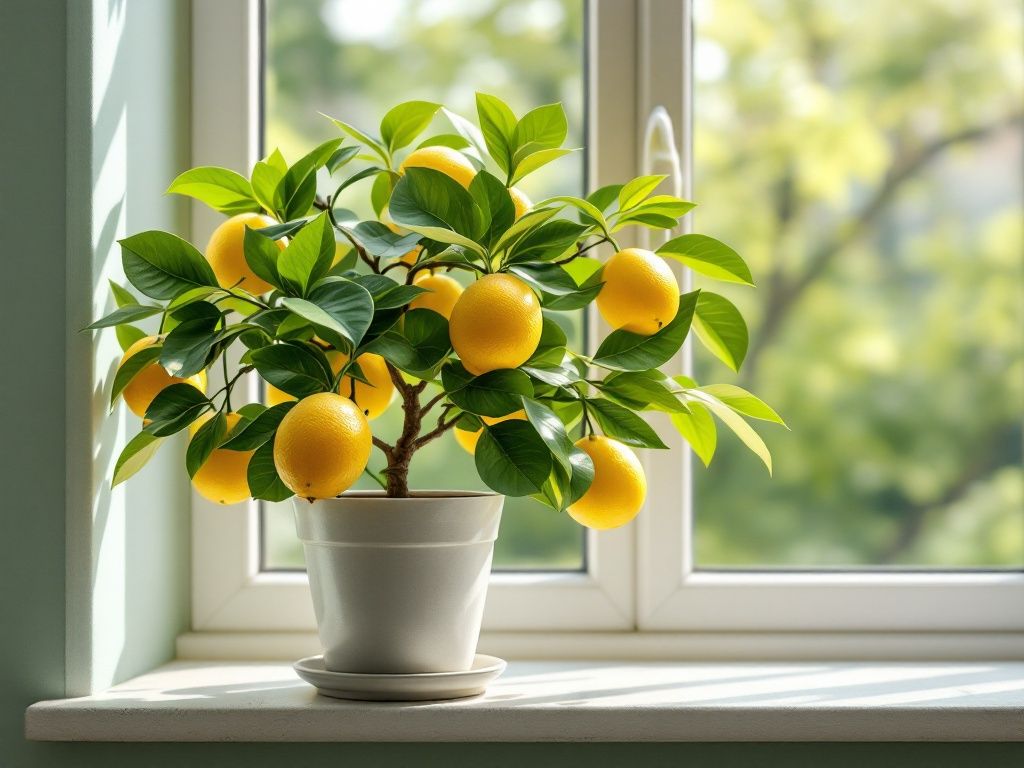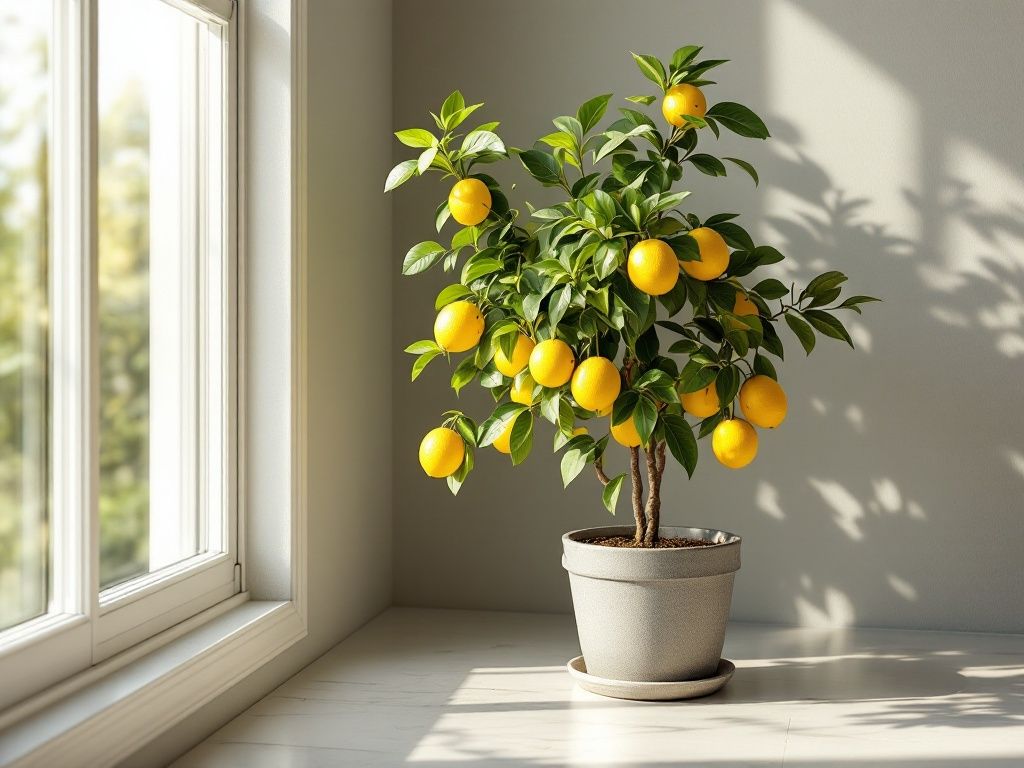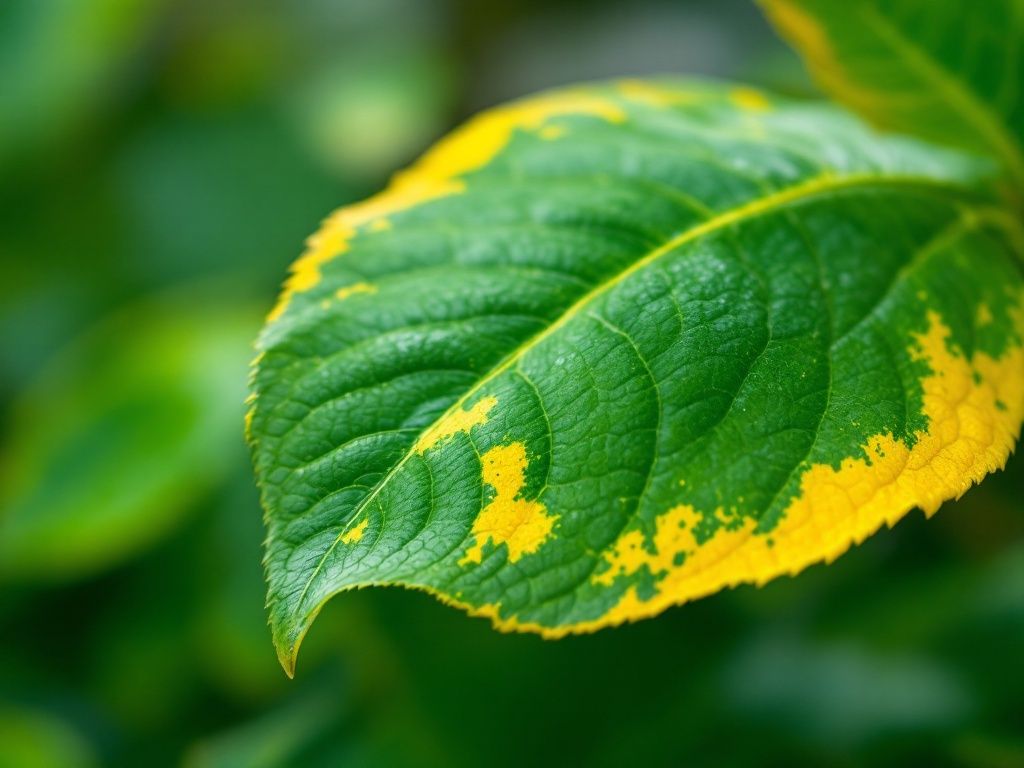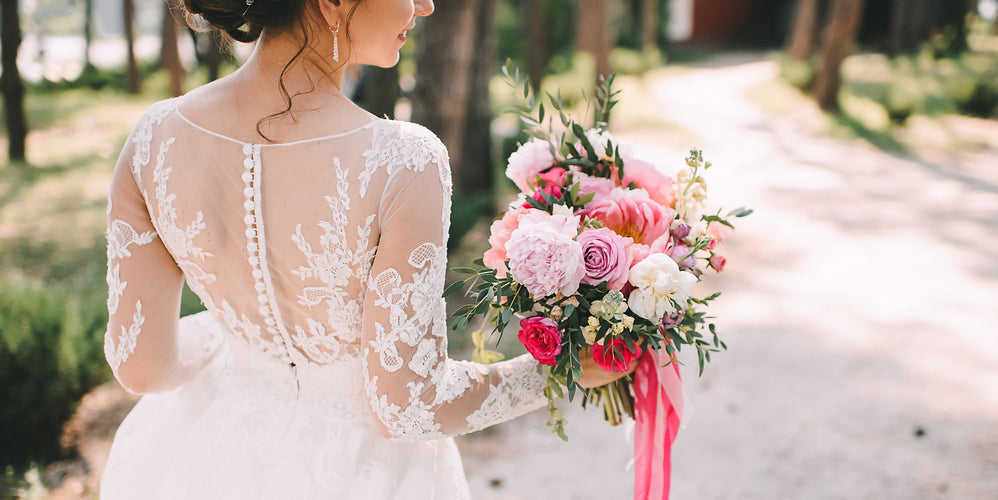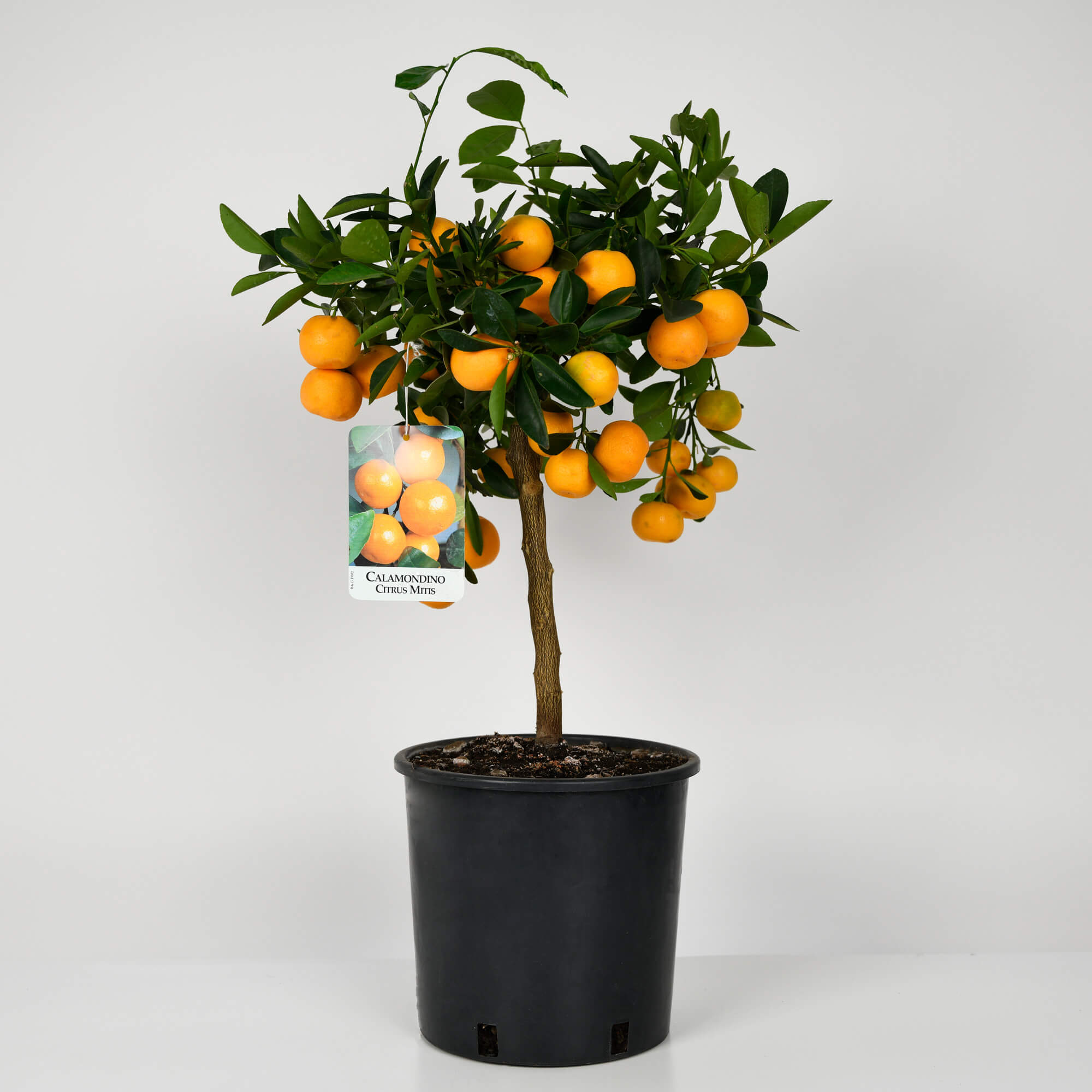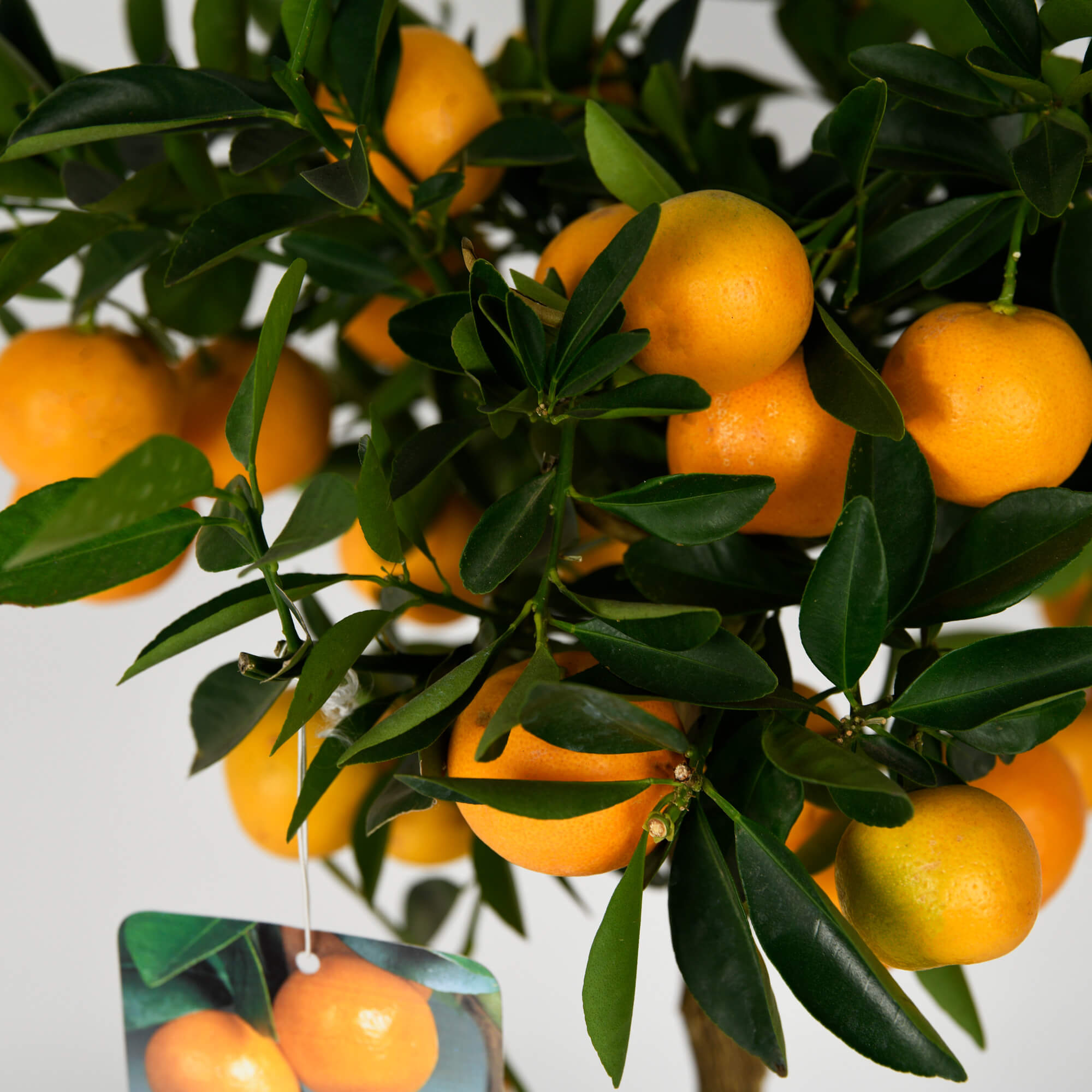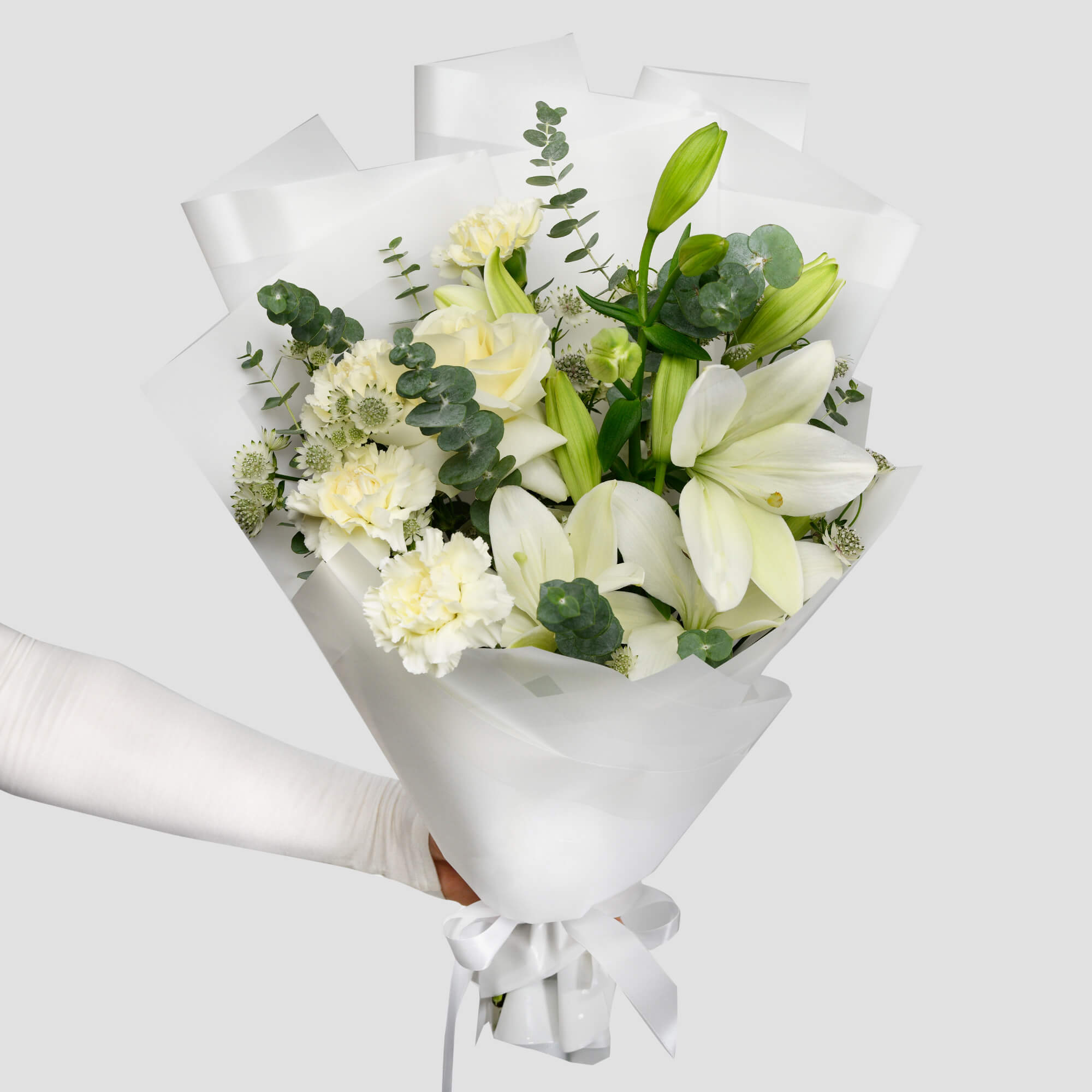Potted lemons - complete guide to care and cultivation
Imagine the joy of picking fresh lemons right from your own home, no matter what climate you live in. Growing lemons in pots gives you this opportunity, allowing you to enjoy aromatic and decorative fruits in any space. Although native to warm regions, lemons adapt surprisingly well to life in pots, both indoors and outdoors during the summer.
Whether you need a special bouquet, want to surprise someone with a flower delivery in Bucharest , or are simply looking for an online florist in Bucharest where you can order flowers at home , the options are varied and accessible on the californiaflowers.ro florist .
The advantages of this cultivation method are numerous. You have greater control over the growing conditions, the flexibility to move the plants according to the season, and the pleasure of admiring their beauty in any corner of the house. To succeed in this adventure, you must pay attention to several essential aspects: choosing the right pot, using a suitable soil for citrus, ensuring sufficient light, maintaining optimal soil moisture, proper fertilization and protection from the cold during the cold season. With the right care, a potted lemon can become a constant source of delicious fruit for many years in a row.
Choosing the right pot and soil for lemons
Success in growing lemons in pots starts with choosing the right container and substrate. For a mature plant, choose a lemon pot with a diameter of at least 30-40 cm. This will provide the necessary space for the roots to develop. Terracotta pots are an excellent choice, allowing good ventilation of the root system. Make sure the base of the pot has enough drainage holes to prevent water stagnation. Also, choose light colors for the pot, which will reflect light and heat.
As for the soil for potted lemons, these plants need a special mixture, rich in nutrients and organic matter, with good drainage and slightly acidic. A pH between 5.5 and 6.5 is ideal for these plants. You can create a suitable mixture by combining 2 parts garden soil, one part compost or humus and one part sand or perlite to improve drainage. Adding a small amount of peat can help increase the acidity, but avoid using a substrate based solely on peat, as it does not provide enough nutrients. This mixture will provide a favorable environment for healthy root development and efficient nutrient absorption.
Caring for lemons in pots
Once you have chosen the right pot and soil, you need to know how to care for lemons. This is the key to obtaining healthy and productive plants. Watering is essential - you need to keep the soil moist, but not saturated. Check the soil moisture regularly and water when the top 2-3 cm layer has dried out. During the warm season, you may need to water every 2-3 days, while in the winter, once a week may be enough. Adapt the frequency of watering according to the specific conditions in your home.
Lemons are light-loving and need direct sunlight to grow well and produce fruit. Provide them with at least 6-8 hours of direct sunlight daily. The best position is near a south or southwest-facing window. In the winter months, when natural light is less, you can supplement with artificial lighting to keep the plants in optimal shape.
Temperature plays an important role in the growth of lemons. They prefer a range between 18 and 24°C during the day and no lower than 10°C at night. Avoid exposure to sudden temperature fluctuations, which can stress the plant. To stimulate growth and fruit production, fertilize regularly using a special citrus fertilizer. Apply it every 2-3 weeks during the growing season (spring-summer) and reduce the frequency in the autumn and winter months.
Pruning is another essential component of potted lemon care. This helps maintain a compact shape and encourages healthy growth. Remove dead or diseased branches and shorten those that have become too long. Spring is the ideal time for major pruning, before the active growing season begins. With this careful care, you will create the optimal conditions for your lemons to bloom and produce delicious fruit.
Common problems and solutions in growing lemons in pots
Even with the most careful care, you may encounter some challenges when growing lemons in pots. One of the most common problems is leaf drop. This can be caused by improper watering (either too much or too little water), sudden changes in temperature, or insufficient light. To solve this problem, adjust your watering regimen to keep the soil moist, but not soggy. Protect the plant from cold drafts and make sure it gets enough direct sunlight daily.
Yellowing leaves are another warning sign. This can indicate a nutrient deficiency, especially iron and magnesium, or poor soil drainage. The solution is to apply a special lemon fertilizer, rich in micronutrients, and check the drainage of the pot. Make sure there are enough holes at the base and that water does not stagnate after watering.
If your lemon trees aren't producing fruit, it could be due to poor pollination or a lack of light and nutrients. You can try hand-pollination of the flowers using a small paintbrush, increasing light exposure, and applying a more intense fertilization regimen. Pests like aphids, scale insects, and spider mites can become a serious problem. Control them by manually removing them with a jet of water, applying a natural insecticide like neem oil, and maintaining adequate humidity to prevent infestations.
By carefully observing your plants and acting promptly at the first signs of problems, you can prevent most difficulties and keep your lemons healthy and productive. Remember that each plant is unique and may require fine adjustments to perfectly adapt to your specific environment.
Growing lemons with edible fruits in pots
If you dream of picking fresh lemons right from your own home, growing edible varieties in containers is an excellent option. To be successful, choose dwarf or semi-dwarf varieties, specially adapted for growing in limited spaces. The Meyer variety is a popular choice, being a hybrid between a lemon and a mandarin, with sweet-tart fruit and a distinctive flavor. Other good options include Eureka, a compact variety that produces juicy fruit, or Lisbon, appreciated for its upright growth and few-seeded fruit.
To obtain quality fruit, you must provide lemons with optimal growing conditions. Provide them with at least 6-8 hours of direct sunlight daily, by placing them near a bright window or on a sunny terrace. Maintain the temperature between 18 and 24°C during the day and do not let it drop below 10°C at night. A humidity of 50-60% is ideal and can be maintained by regular spraying or using a humidifier. The soil should be well-drained and slightly acidic, with a pH between 5.5 and 6.5. Water regularly, but avoid overwatering, which can lead to root rot.
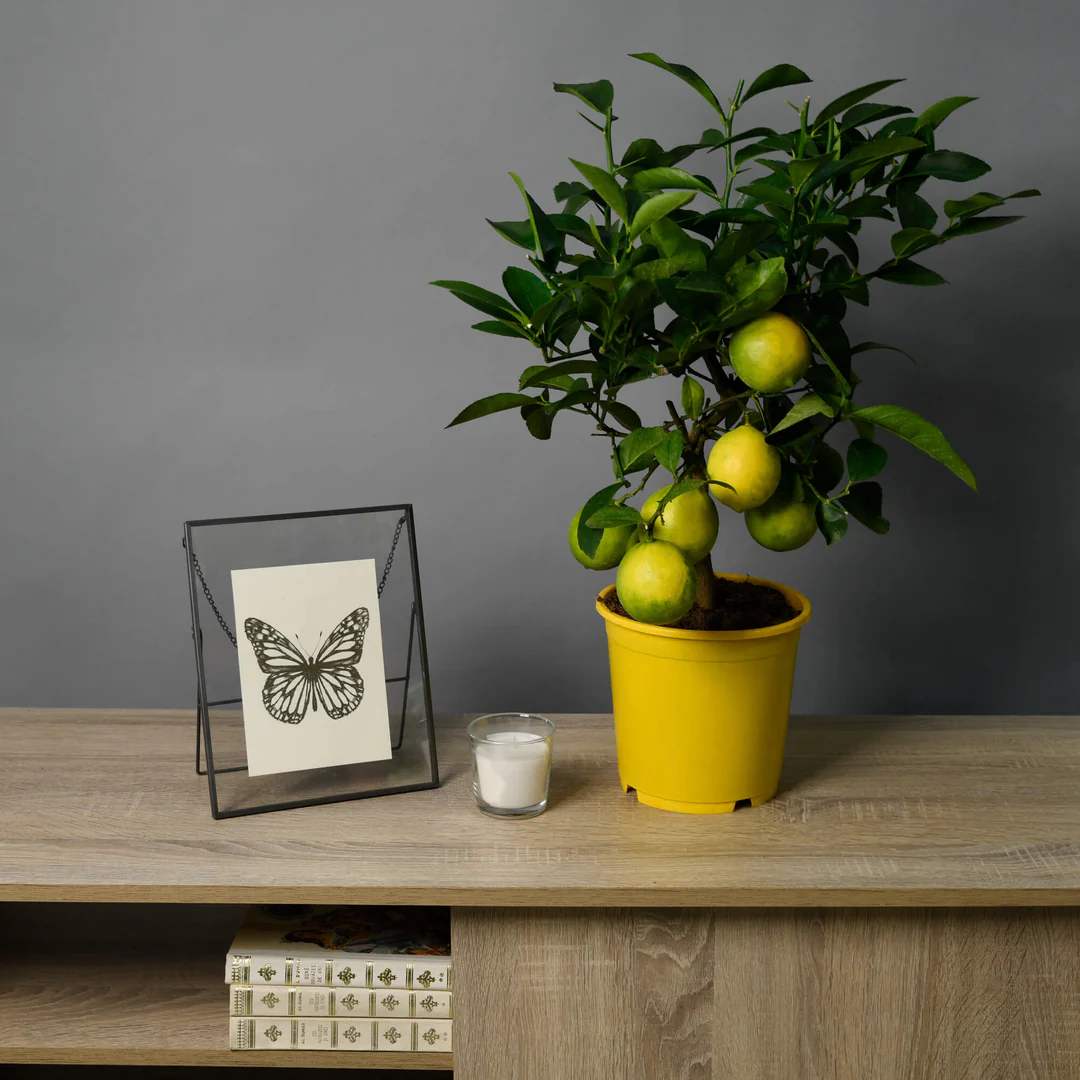
Photo source: Californiaflowers.ro
Don't forget the importance of pruning and maintenance. Do this in the spring to encourage new growth and maintain a compact shape, suitable for growing in pots. With patience and attention to detail, you'll soon be enjoying your own lovingly grown lemons right in your own home.
Growing a lemon tree in a pot is more than just a hobby – it’s a rewarding experience that brings a touch of freshness and color to any home. With a little patience and careful care, you can enjoy fragrant flowers, decorative leaves and, eventually, fresh fruit, grown by yourself. The key to success lies in respecting the plant’s specific needs: plenty of light, well-drained soil, balanced watering, adequate fertilization and protection from cold and pests. Whether you live in a house or an apartment building, in a mild or cold climate, a lemon tree in a pot can bloom and bear fruit, bringing a corner of a Mediterranean garden into your home.
Send flowers to Bucharest easily, using our Bucharest flower delivery services, and choose a special Bucharest flower bouquet to express your feelings through fast and efficient Bucharest flower orders .
Flower delivery Bucharest with home delivery
Flower delivery Brașov for fresh flowers and fast delivery

